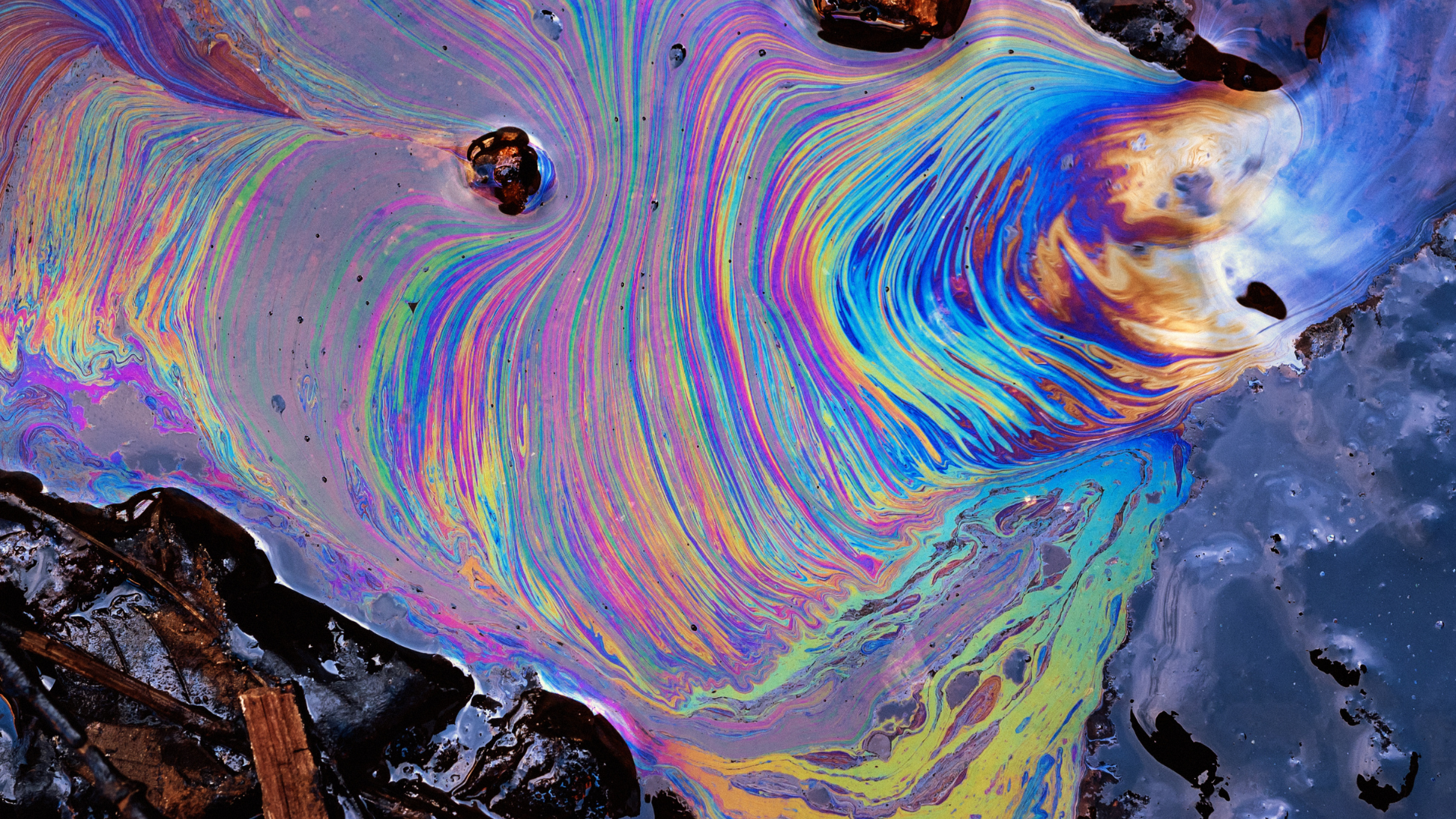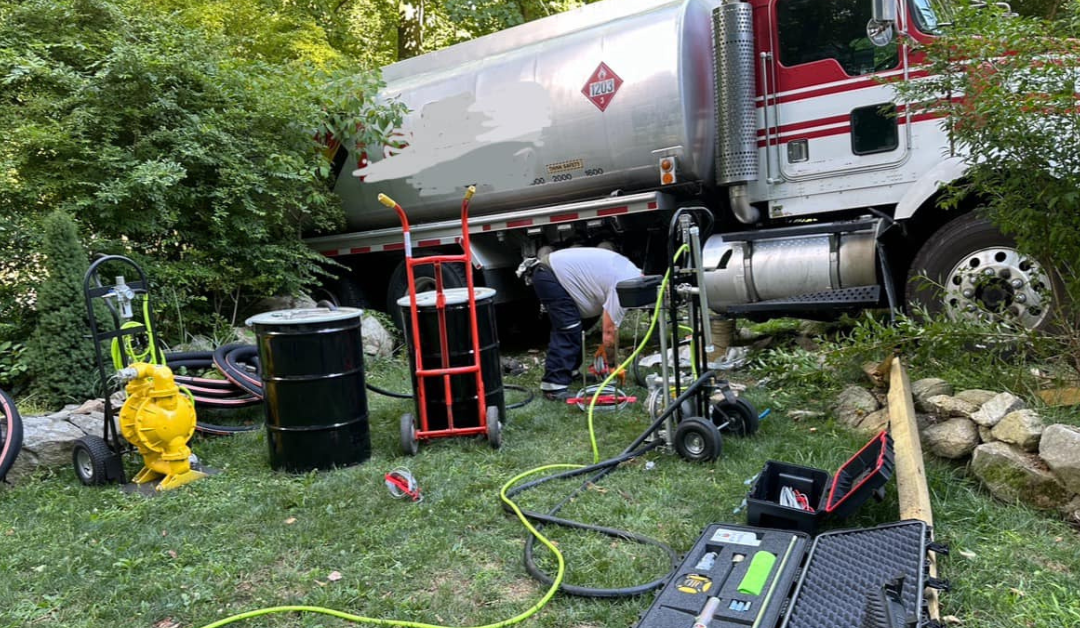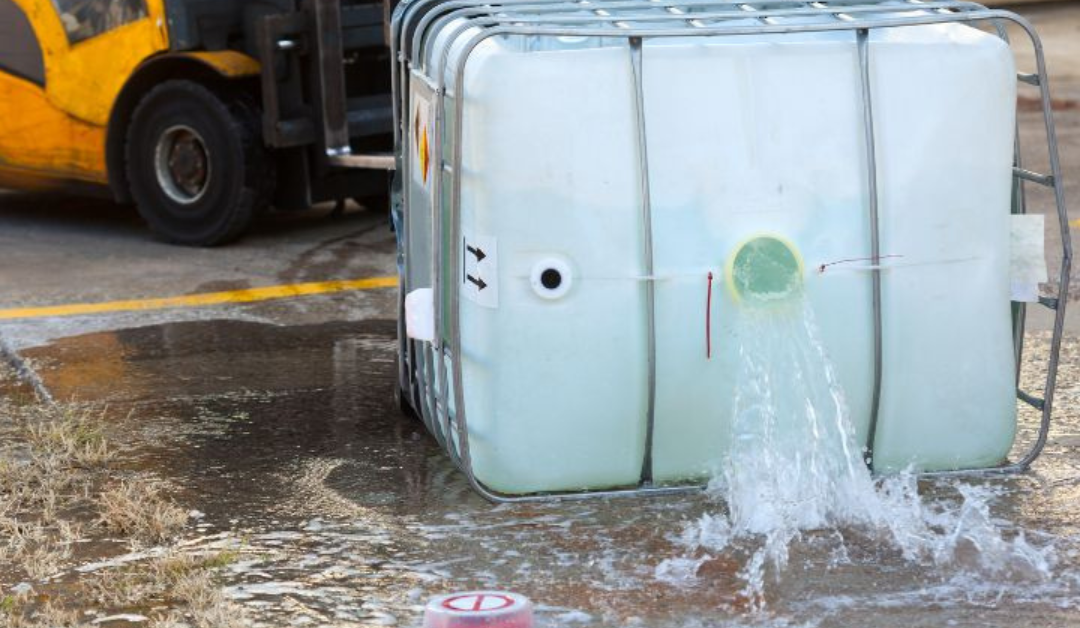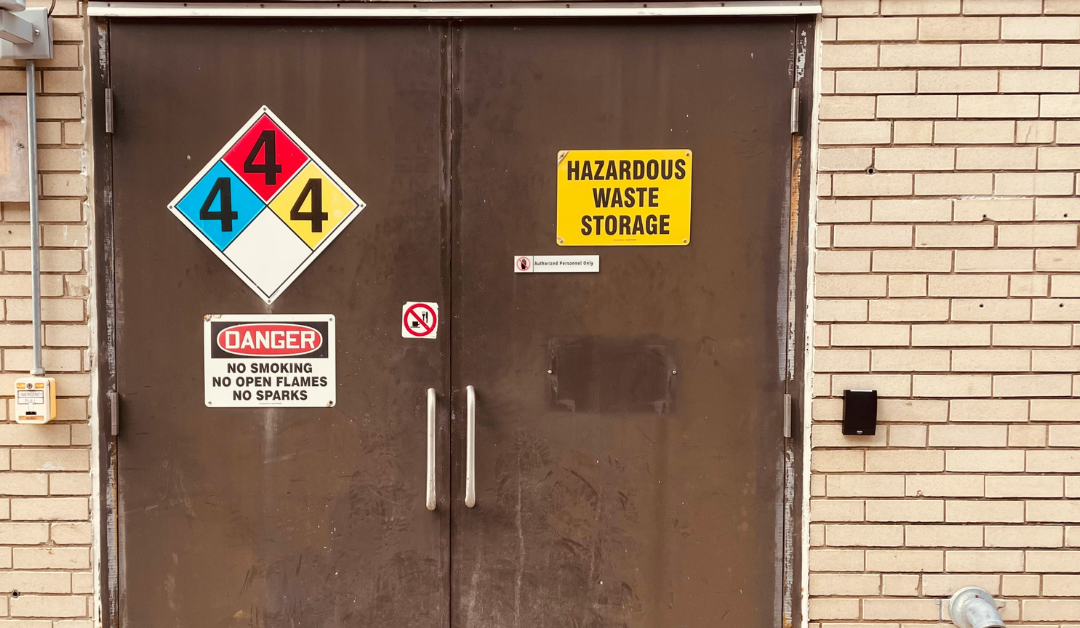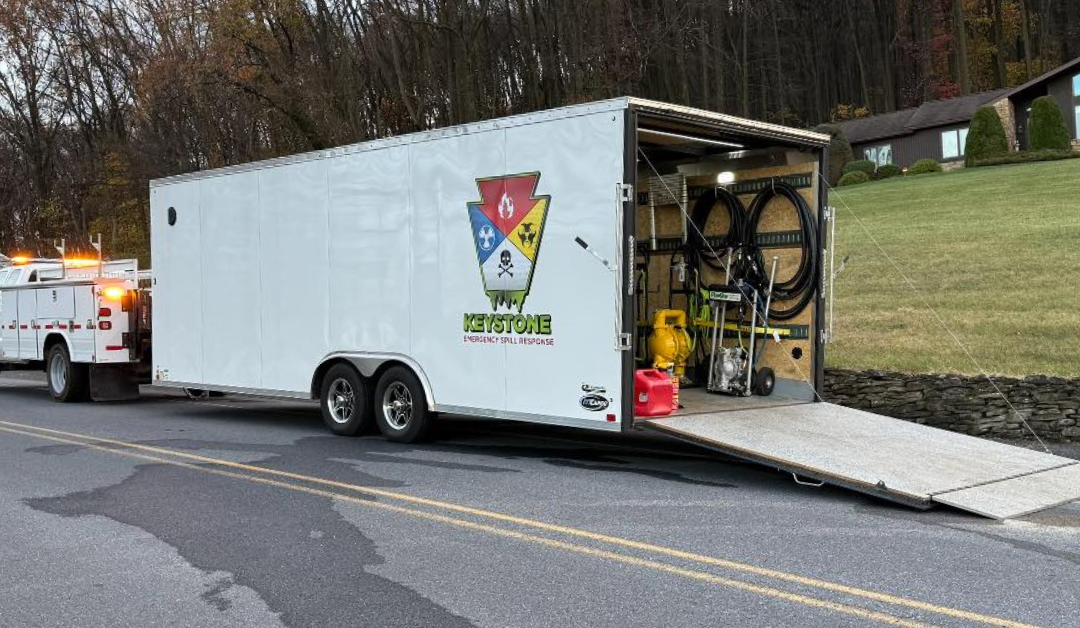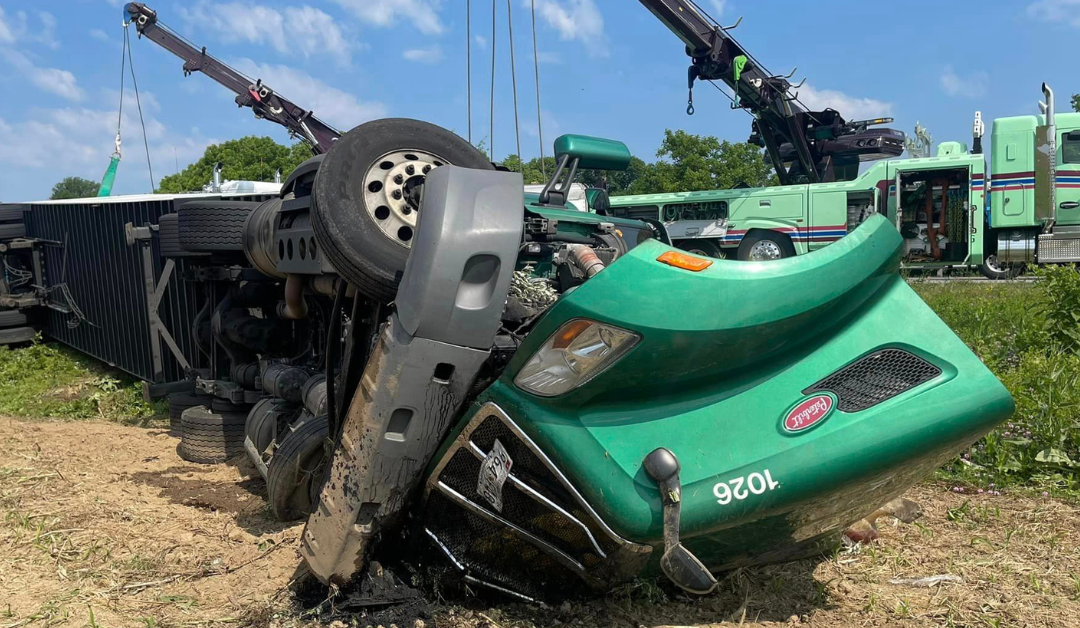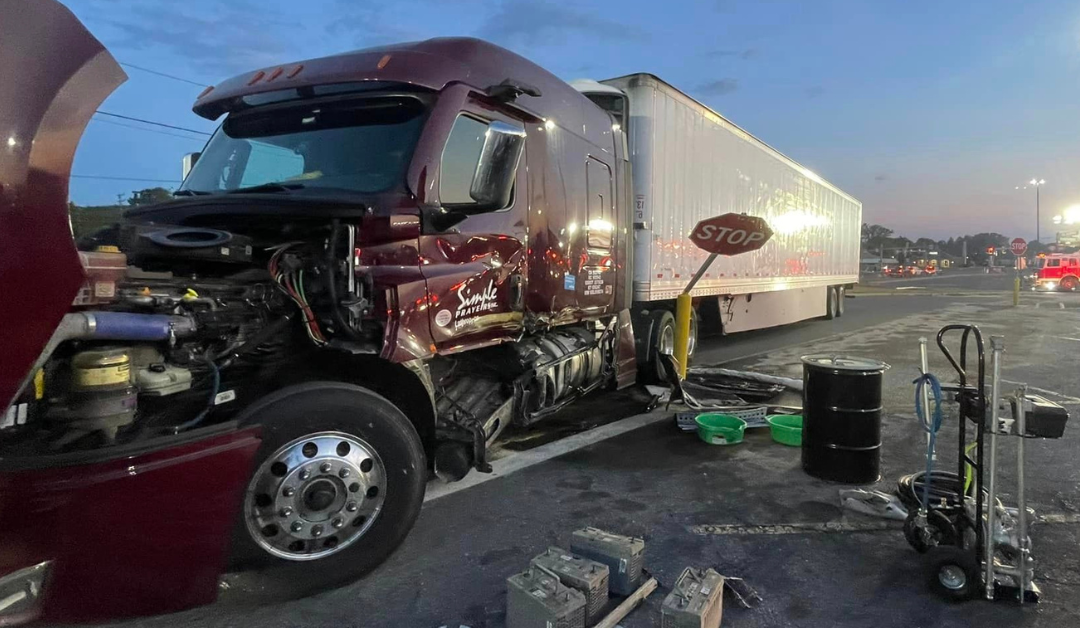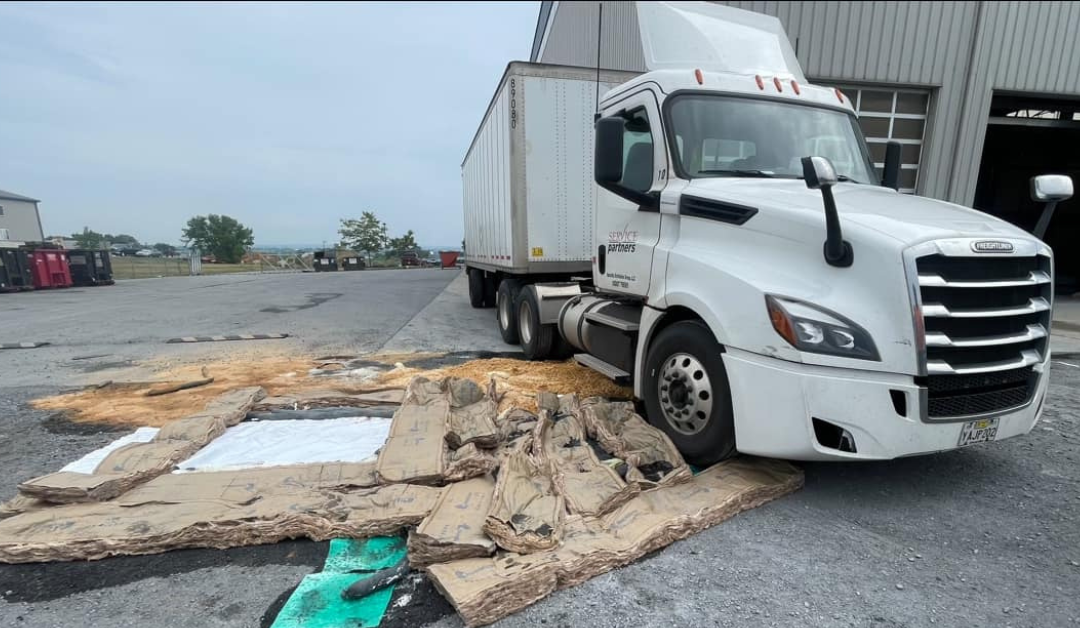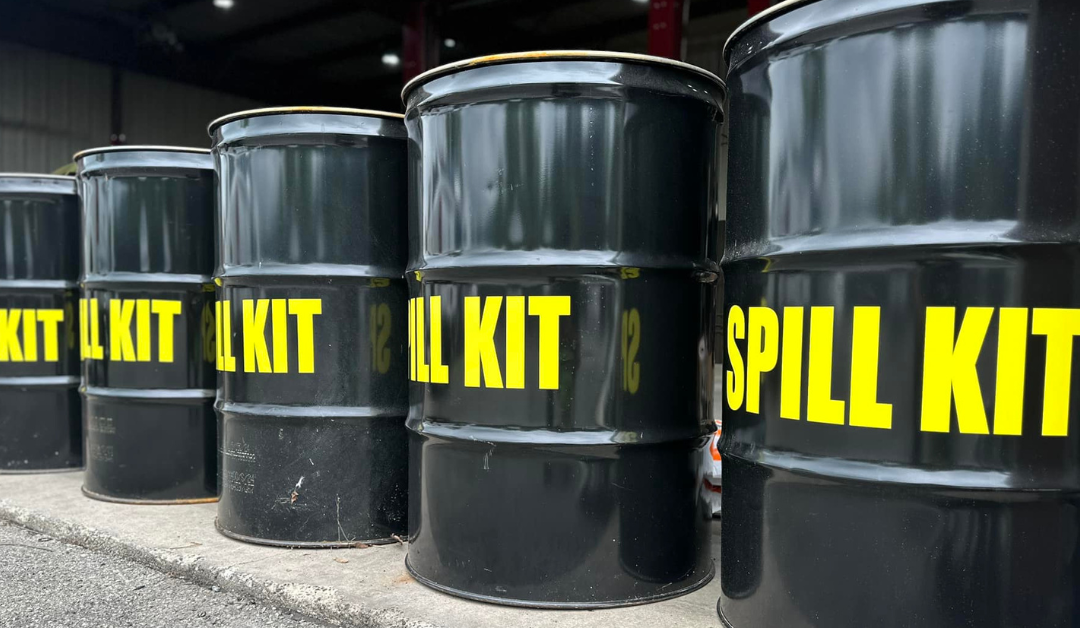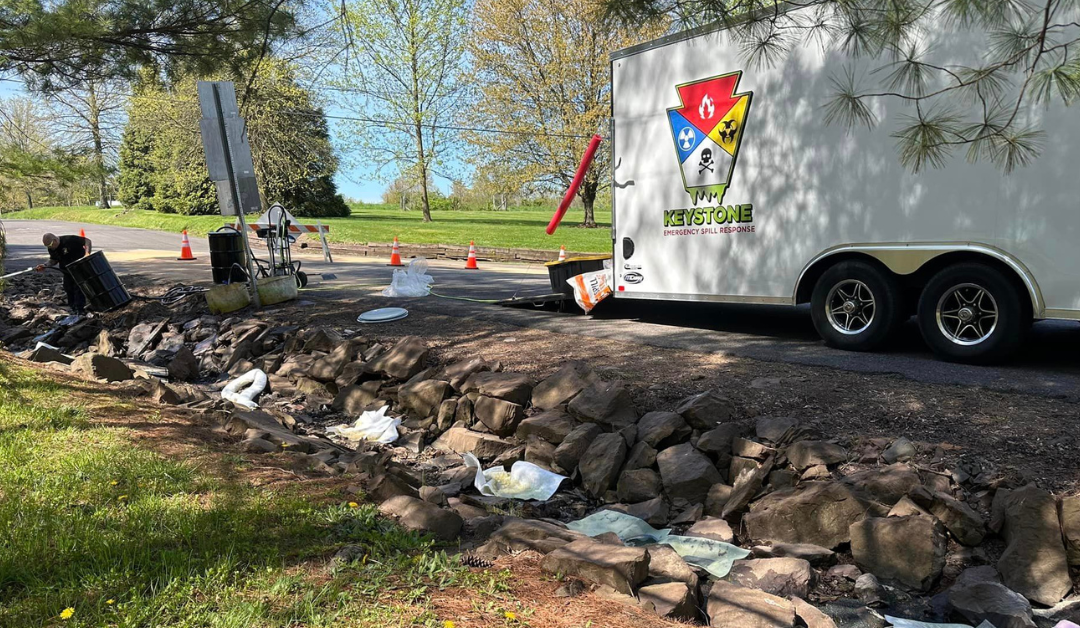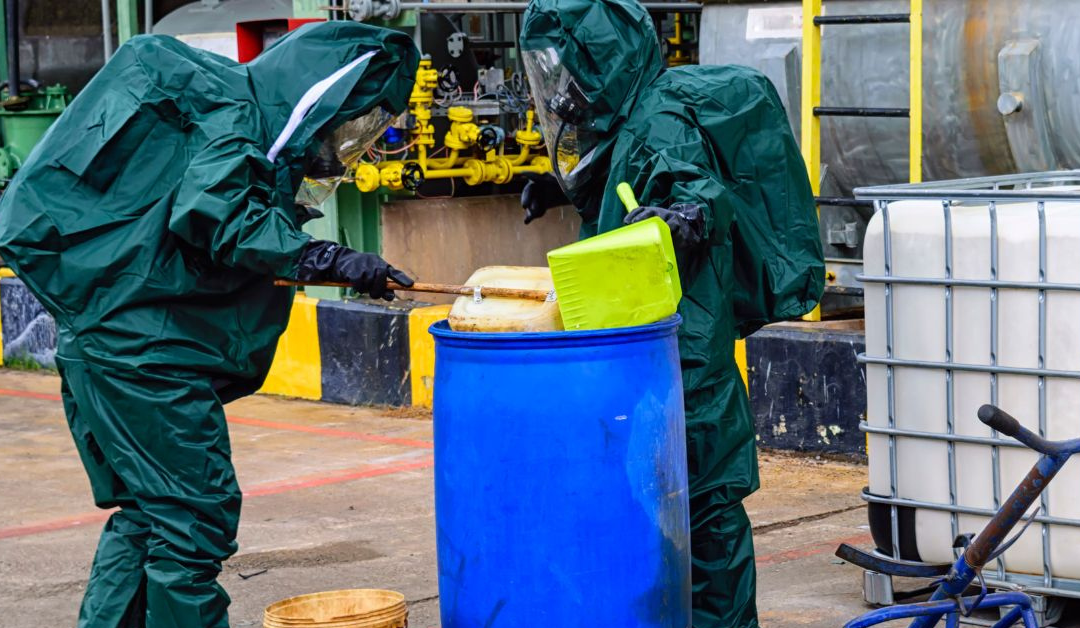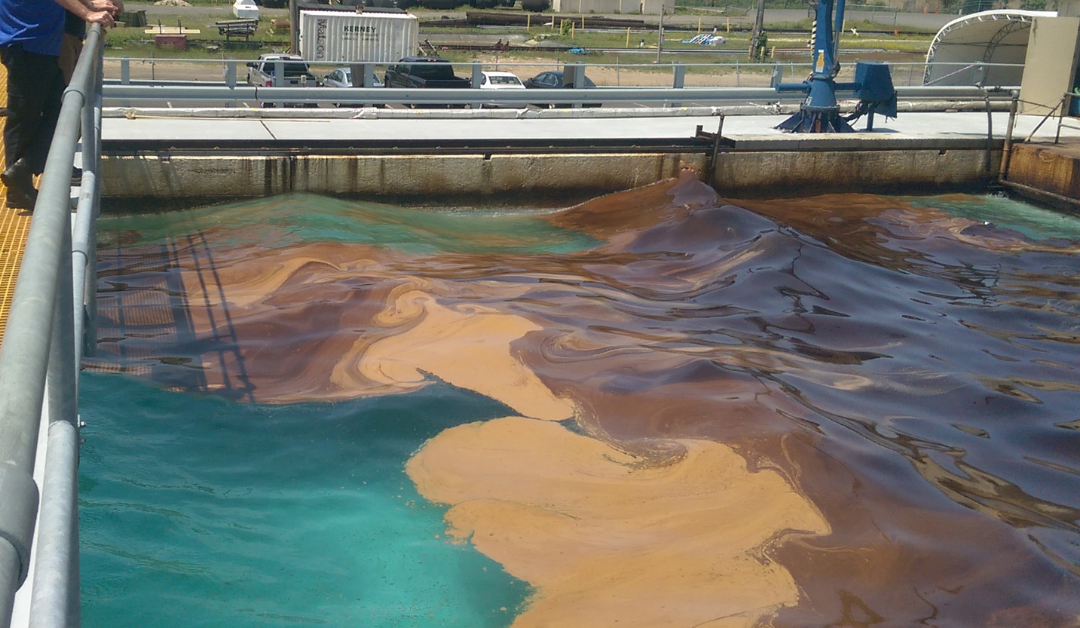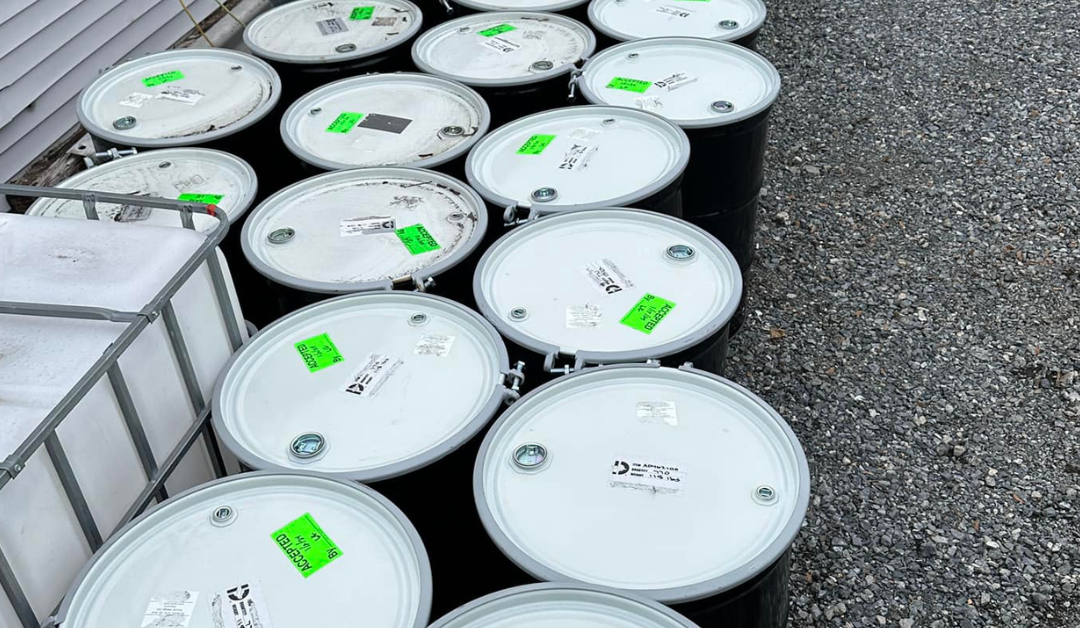Emergency spill response services refer to the actions taken to contain, clean up, and mitigate the effects of an accidental release of hazardous materials or substances into the environment. These spills can occur during transportation, storage, or handling of chemicals, oils, fuels, or other dangerous substances.
When a spill happens, it’s crucial to act quickly and efficiently to minimize the potential harm to people, property, and the environment. That’s where emergency spill response services come into play.
When Is Emergency Spill Response Needed?
Emergency spill response services are required in various situations involving the accidental release of hazardous materials. Here are some common scenarios where these services are necessary:
Transportation Accidents
Spills can occur during the transportation of hazardous materials by road, rail, air, or water. These accidents may involve tanker trucks, railcars, pipelines, or vessels carrying chemicals, oils, or other dangerous substances.
Industrial Incidents
Spills can happen at industrial facilities, such as chemical plants, refineries, or manufacturing sites, due to equipment failure, human error, or other unforeseen circumstances.
Storage Leaks
Leaks or spills can occur at storage facilities where hazardous materials are kept, such as tanks, drums, or containers.
Construction Sites
During construction activities, there is a risk of accidentally damaging underground pipelines or storage tanks, leading to spills.
Natural Disasters
Extreme weather events, such as hurricanes, floods, or earthquakes, can cause damage to storage facilities or transportation infrastructure, resulting in spills.
Environmental Emergencies
Spills can also occur due to illegal dumping, vandalism, or other environmental crimes, requiring immediate response and cleanup.
The Role of Emergency Spill Response Companies
Emergency spill response services are provided by specialized companies or organizations trained and equipped to handle hazardous material spills safely and effectively. Their primary responsibilities include:
Rapid Response
These services have teams on standby, ready to mobilize quickly to the spill site, minimizing the time between the incident and the start of the response efforts.
Containment and Control
Upon arrival, the emergency spill response team works to contain the spill, prevent further spread, and control the source of the release.
Hazard Assessment
They assess the nature and extent of the spill, identify the hazardous materials involved, and determine the potential risks to human health and the environment.
Cleanup and Remediation
Using specialized equipment and techniques, the team works to clean up the spilled materials, decontaminate the affected area, and properly dispose of the waste generated during the process.
Environmental Monitoring
Emergency spill response services may also conduct environmental monitoring to assess the impact of the spill and ensure that the cleanup efforts are effective.
Regulatory Compliance
These services ensure that all response and cleanup activities comply with relevant environmental regulations and reporting requirements.
Documentation and Reporting
Detailed documentation and reporting are essential aspects of emergency spill response services, providing a record of the incident, actions taken, and any necessary follow-up measures.
By having access to 24/7 emergency spill response services, companies and organizations can minimize the potential consequences of hazardous material spills, protect human health and the environment, and comply with regulatory requirements.
Follow us on Facebook to stay up to date with the latest at Keystone Emergency Spill Response.

